- Home
- Machining techniques
- CNC Machining Services
- Cooperative supply services
- Designs
- Materials
- Finishing Services
- Shop
- Products
- Guide
- About Us
- Contact Us
2022.7.7
In the field of machining, it is difficult to solve the problem of workpiece deformation in the processing and production of parts. How to prevent workpiece deformation from affecting the production progress and yield in production? In daily production, analyze the causes of workpiece deformation and improvement measures. The influencing factors of processing deformation are as below.
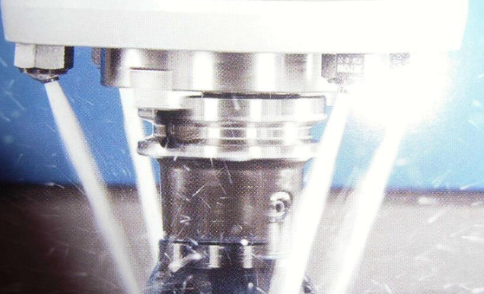
1. The material and structure of the workpiece affect the deformation of the workpiece
The amount of deformation is directly proportional to the complexity of the shape, the length width ratio and the wall thickness, and is directly proportional to the rigidity and stability of the material. Therefore, the influence of these factors on workpiece deformation should be minimized when designing parts. In particular, the structure of large parts should be more reasonable. Before processing, the hardness, looseness and other defects of the blank should also be strictly controlled to ensure the quality of the blank and reduce the deformation of the workpiece.
2. Deformation caused by workpiece clamping
When clamping the workpiece, first select the correct clamping point, and then select the appropriate clamping force according to the position of the clamping point. Therefore, the clamping point should be consistent with the support point as far as possible, so that the clamping force acts on the support. The clamping point should be as close to the machining surface as possible, and the position where the force is not easy to cause clamping deformation should be selected. When there are clamping forces acting in several directions on the workpiece, the sequence of clamping forces should be considered. For making the workpiece contact with the support, the clamping force should act first, and it is not easy to be too large. For the main clamping force that balances the cutting force, it should act last.
– The contact area between workpiece and fixture should be increased or axial clamping force should be adopted.
– Increasing the rigidity of parts is an effective way to solve the clamping deformation, but due to the shape and structure characteristics of thin-walled parts, they have low rigidity. In this way, deformation will occur under the action of clamping force.
– Increasing the contact area between workpiece and fixture can effectively reduce the deformation of workpiece during clamping.
For example, when milling thin-walled parts, a large number of elastic pressing plates are used in order to increase the stress area of the contact parts; When turning the inner diameter and outer circle of the thin-walled sleeve, whether using a simple open transition ring, or using an elastic mandrel, a full arc claw, etc., the contact area when clamping the workpiece is increased. This method is conducive to bearing the clamping force, so as to avoid the deformation of parts. The axial clamping force is also widely used in production. The design and manufacture of special fixtures can make the clamping force act on the end face, which can solve the bending deformation of the workpiece caused by the thin wall and poor rigidity of the workpiece.
3. Deformation caused by workpiece processing
Due to the cutting force, the workpiece will produce elastic deformation in the direction of the force in the cutting process, which is often referred to as the phenomenon of making the knife. Corresponding measures should be taken on the tool to deal with such deformation. During finishing, the tool should be sharp, which can reduce the resistance formed by the friction between the tool and the workpiece on the one hand, and improve the heat dissipation capacity of the tool when cutting the workpiece on the other hand, so as to reduce the residual internal stress on the workpiece.
For example, when milling the large plane of thin-walled parts, the single edge milling method is used, and the tool parameters select a larger main deflection angle and a larger rake angle, in order to reduce the cutting resistance. This kind of cutting tool is widely used in production because it can cut easily and reduce the deformation of thin-walled parts.
In the turning of thin-walled parts, a reasonable tool angle is crucial to the size of the cutting force, the thermal deformation produced in the turning and the micro quality of the workpiece surface. The size of the tool rake determines the cutting deformation and the sharpness of the tool rake. If the rake angle is large, the cutting deformation and friction will be reduced, but if the rake angle is too large, the wedge angle of the tool will be reduced, the strength of the tool will be weakened, the heat dissipation of the tool will be poor, and the wear will be accelerated. Therefore, generally, when turning thin-walled parts made of steel, high-speed tools are used, with a rake angle of 6 ° – 30 °, and cemented carbide tools, with a rake angle of 5 ° – 20 °.
If the back angle of the tool is large, the friction force is small, and the cutting force is correspondingly reduced, but if the back angle is too large, the strength of the tool will be weakened. When turning thin-walled parts, use high-speed steel turning tools, with the back angle of 6 ° – 12 °, use cemented carbide cutting tools, with the back angle of 4 ° – 12 °, take the larger back angle during fine turning, and take the smaller back angle during rough turning. When turning the inner and outer circles of thin-walled parts, take the large main deflection angle. Correct selection of cutting tools is a necessary condition to deal with workpiece deformation.
During machining, the heat generated by the friction between the tool and the workpiece will also deform the workpiece, so high-speed machining is often selected. In high-speed machining, because the chips are removed in a short time, most of the cutting heat is taken away by the chips, which reduces the thermal deformation of the workpiece; Secondly, in high-speed machining, due to the reduction of the softening part of the cutting layer material, it can also reduce the deformation of parts processing, which is conducive to ensuring the size and shape accuracy of parts. In addition, cutting fluid is mainly used to reduce friction and cutting temperature in the cutting process. Rational use of cutting fluid plays an important role in improving the durability of cutting tools, machining surface quality and machining accuracy. Therefore, in order to prevent the deformation of parts in machining, we must reasonably use sufficient cutting fluid.
Using reasonable cutting parameters in machining is the key factor to ensure the accuracy of parts. When machining thin-walled parts with high precision requirements, symmetrical machining is generally adopted to balance the stress generated on the opposite two sides to reach a stable state, and the workpiece is flat after machining. However, when a certain process adopts a large cutting amount, the workpiece will be deformed due to the imbalance of tensile stress and compressive stress.
The deformation of thin-walled parts during turning is multifaceted, including the clamping force when clamping the workpiece, the cutting force when cutting the workpiece, and the elastic and plastic deformation when the workpiece hinders the cutting tool, which increases the temperature of the cutting area and produces thermal deformation. Therefore, in rough machining, the back cutting and feed can be larger; During finish machining, the tool amount is generally 0.2-0.5mm, the feed rate is generally 0.1-0.2mm/r, or even smaller, and the cutting speed is 6-120m/min. During finish machining, the cutting speed should be as high as possible, but it is not easy to be too high. Select the cutting parameters reasonably, so as to achieve the purpose of reducing the deformation of parts.
4. Stress and deformation after machining
After processing, there are internal stresses in the part itself, and these internal stress distributions are in a relatively balanced state. The shape of the part is relatively stable, but the internal stress changes after removing some materials and heat treatment. At this time, the workpiece needs to reach the balance of stress again, so the shape changes. To solve this kind of deformation, the workpiece that needs to be straightened can be stacked into a certain height through heat treatment, and then pressed into a flat state with a certain tooling, and then the tooling and workpiece can be put into the heating furnace together, and different heating temperatures and heating times can be selected according to different part materials. After hot straightening, the internal structure of the workpiece is stable. At this time, the workpiece not only gets a higher straightness, but also the work hardening phenomenon is eliminated, which is more convenient for the further finishing of parts. The castings should be aged to eliminate the internal residual stress as much as possible, and adopt the method of reprocessing after deformation, that is, rough machining aging reprocessing.
For large parts, profiling processing should be adopted, that is, the deformation of the workpiece after assembly should be estimated, and the deformation should be reserved in the opposite direction during processing, which can effectively prevent the deformation of the parts after assembly.
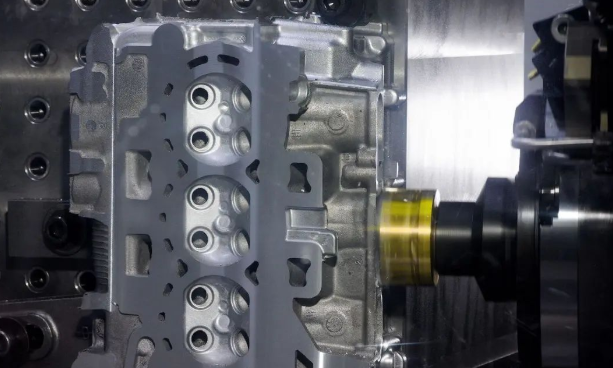 The Causes to Deformation and Surface Blackening of Aluminum Alloy Parts
The Causes to Deformation and Surface Blackening of Aluminum Alloy Parts
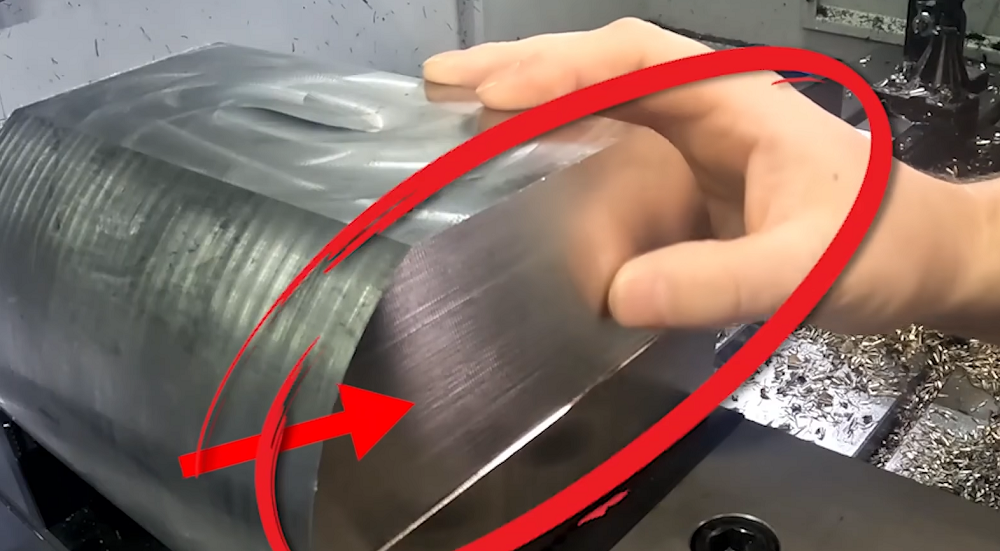 How To Reduce & Stop Chatter Vibration in CNC Milling/Turning/Drilling/Grinding Lathe?
How To Reduce & Stop Chatter Vibration in CNC Milling/Turning/Drilling/Grinding Lathe?
 Improving thin-walled parts made by CNC Turning
Improving thin-walled parts made by CNC Turning
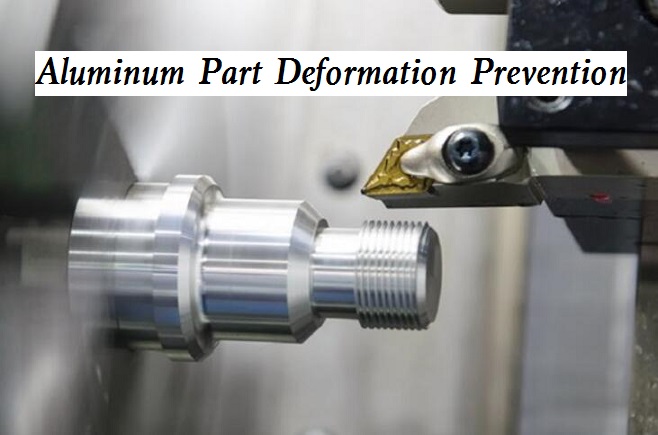 How to Prevent & Reduce Part Deformation in Aluminum CNC Machining
How to Prevent & Reduce Part Deformation in Aluminum CNC Machining
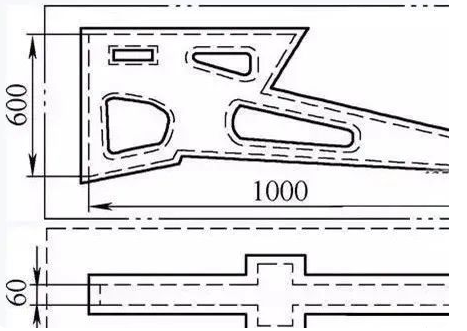 3 Process and 6 Options to Quickly Deal With the Deformation of Aluminum Alloy Parts
3 Process and 6 Options to Quickly Deal With the Deformation of Aluminum Alloy Parts
 Spring Material Types (Properties, Grades, Uses) & Best Selection for Your Project
Spring Material Types (Properties, Grades, Uses) & Best Selection for Your Project
